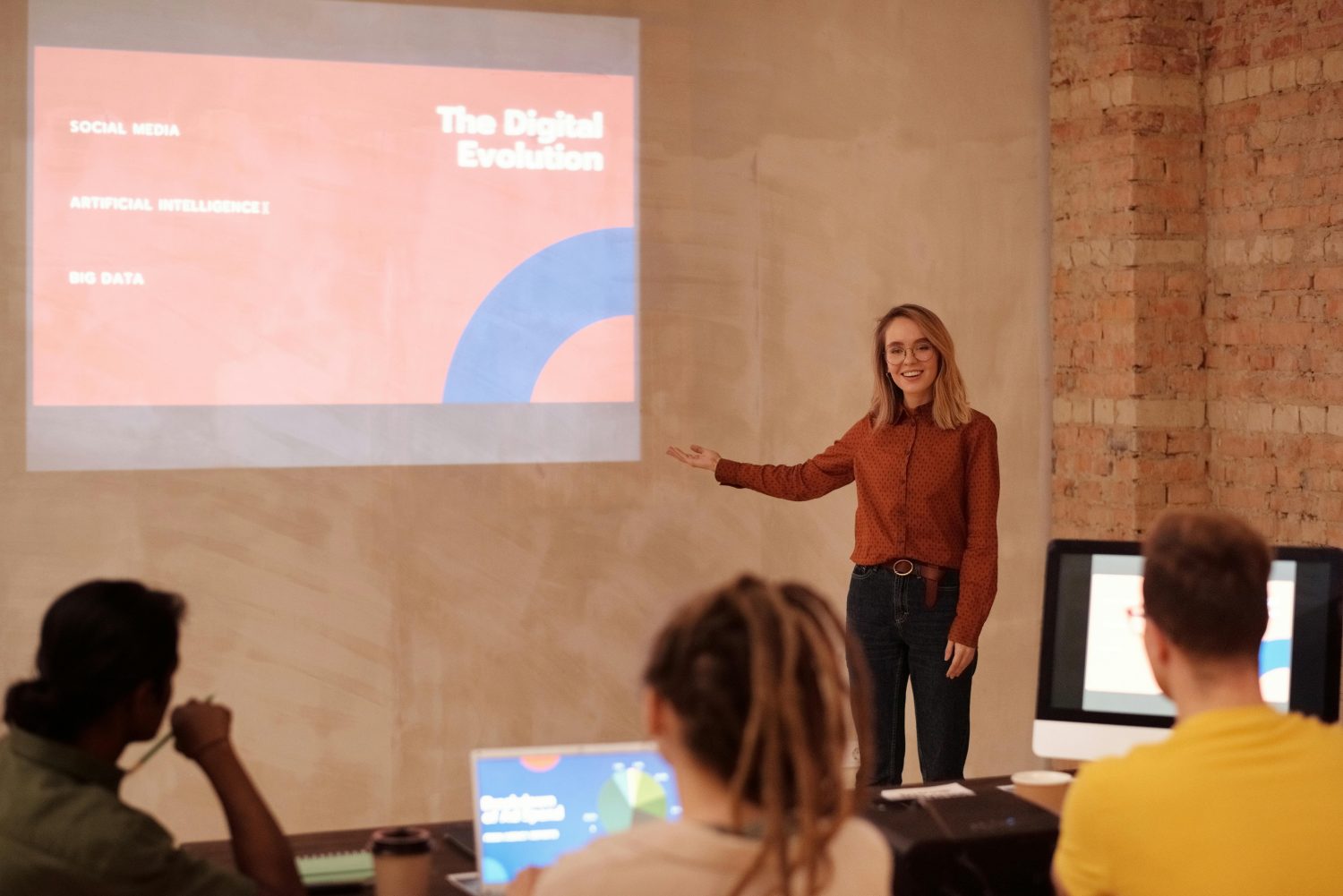Thirty years ago, the business world anticipated a productivity revolution with the introduction of word processors and spreadsheets. The promise was that we would spend less time writing, creating presentations, and calculating numbers. Fast forward to today, and we find ourselves working just as much, if not more. Our documents are longer, presentations more elaborate, and decision-making more complex due to the explosion of available data.
Now, we stand on the brink of another significant shift: the integration of generative AI into the core of our organizations and work processes. This advancement presents both opportunities and challenges, particularly in the field of marketing.
The Impact of AI on Marketing
Marketing has traditionally been a right-brain-dominated field, relying heavily on creativity and emotional intelligence. Marketers have excelled by understanding consumer needs, developing innovative products, and crafting compelling messages. However, the landscape has been evolving over the past 15 years with the rise of digital marketing and analytics, introducing more specialized skill sets.
Generative AI is now poised to transform the core of marketing activities. A recent study conducted by the Boston Consulting Group and Harvard found that ChatGPT, in its current form, already improves the right-brain performance of marketers by 40%. This significant boost in productivity raises important questions about how marketers and companies will adapt to this change.
The Promise and Perils of AI-Driven Marketing
The integration of AI in marketing offers the potential for highly personalized content. Imagine receiving emails from your favorite brands that are 100% tailored to your preferences, featuring images of people your age and gender, products relevant to your interests, and even human-like interactions powered by chatbots. This level of personalization could greatly enhance the consumer experience.
However, there are also risks associated with this AI-driven approach:
- Content overload: The ease of content creation with AI could lead to an overwhelming amount of marketing material chasing consumers online.
- Lack of diversity: AI models trained on existing content may reduce the divergence of outcomes, leading to a “grand equalization” of marketing where everything starts to sound the same.
Growing a “Left AI Brain” in Marketing
To address these challenges and seize the opportunities presented by AI, marketing departments need to develop what can be called a “left AI brain.” This involves strategically reskilling and reorganizing to embed people who can build, use, and diffuse predictive AI tools in the heart of decision-making processes.
Key steps in growing a left AI brain include:
- Building teams of marketing data scientists and engineers
- Developing tools that can be distributed throughout the organization
- Enabling marketers to predict outcomes for various initiatives
- Creating systems to analyze consumer behaviors across channels and touchpoints
- Implementing feedback loops to continuously improve marketing efforts
A consumer goods company successfully implemented this approach by building a team of over 30 “left AI brain” marketers. These professionals developed tools that helped predict sales outcomes, analyze consumer behaviors, and unpack execution insights. This initiative not only created a virtuous feedback loop but also upskilled the entire organization in using AI-driven marketing tools.
Expanding Data Sources and Partnerships
To avoid being trapped in current market territories, companies must think outside the box when it comes to data sources. Relying solely on existing content and data can limit a brand’s ability to expand into new markets or demographics.
For example, a construction company looking to market to architects for the first time might need to seek data partnerships outside its immediate ecosystem, such as with financial institutions or insurance companies. By setting up federated models with these partners, the company can train algorithms that will strengthen its ability to market to new consumer segments.
Preserving Creativity and Innovation
While developing a left AI brain is crucial, it’s equally important not to neglect the right brain aspects of marketing. Over-reliance on generative AI can lead to a 40% drop in the collective divergence of ideas, potentially stifling true innovation and differentiation.
To counter this risk, companies should:
- Identify and nurture true innovators within the organization
- Strategically reskill these creative individuals to use AI effectively
- Encourage the use of AI for inspiration and rapid prototyping
- Protect and cultivate human creativity for generating original ideas
By maintaining a balance between AI-driven efficiency and human creativity, marketing teams can preserve brand identity and differentiation in the market.
Conclusion
As we navigate the AI revolution in marketing, it’s crucial for professionals to identify their strengths and choose their path. Those with strong creative abilities should cultivate and protect their innovative thinking. Meanwhile, individuals who excel in data analysis and rational thinking should invest in developing predictive AI competencies.
The future of marketing lies in striking the right balance between leveraging AI’s capabilities and preserving human creativity. By growing a left AI brain while nurturing right-brain innovation, marketing teams can position themselves to thrive in this new era of AI-driven business.
Frequently Asked Questions
Q: How will AI impact job roles in marketing?
AI will likely transform many marketing roles, automating certain tasks and creating new opportunities for data-driven decision making. Marketers may need to upskill in areas such as data analysis, AI tool management, and strategic interpretation of AI-generated insights.
Q: Will AI completely replace human creativity in marketing?
No, AI is not expected to completely replace human creativity. While AI can enhance and streamline many aspects of marketing, human creativity remains crucial for developing truly innovative ideas, understanding nuanced emotional appeals, and maintaining brand differentiation.
Q: How can marketers prepare for the AI revolution?
Marketers can prepare by developing a mix of skills: enhancing their data literacy, learning to work with AI tools, and cultivating their unique creative abilities. Staying informed about AI developments and being open to continuous learning will be key.
Q: What are the potential risks of over-relying on AI in marketing?
Over-reliance on AI in marketing can lead to a lack of diversity in ideas, content overload, and a loss of brand distinctiveness. It may also result in decreased innovation if human creativity is not properly nurtured alongside AI capabilities.










